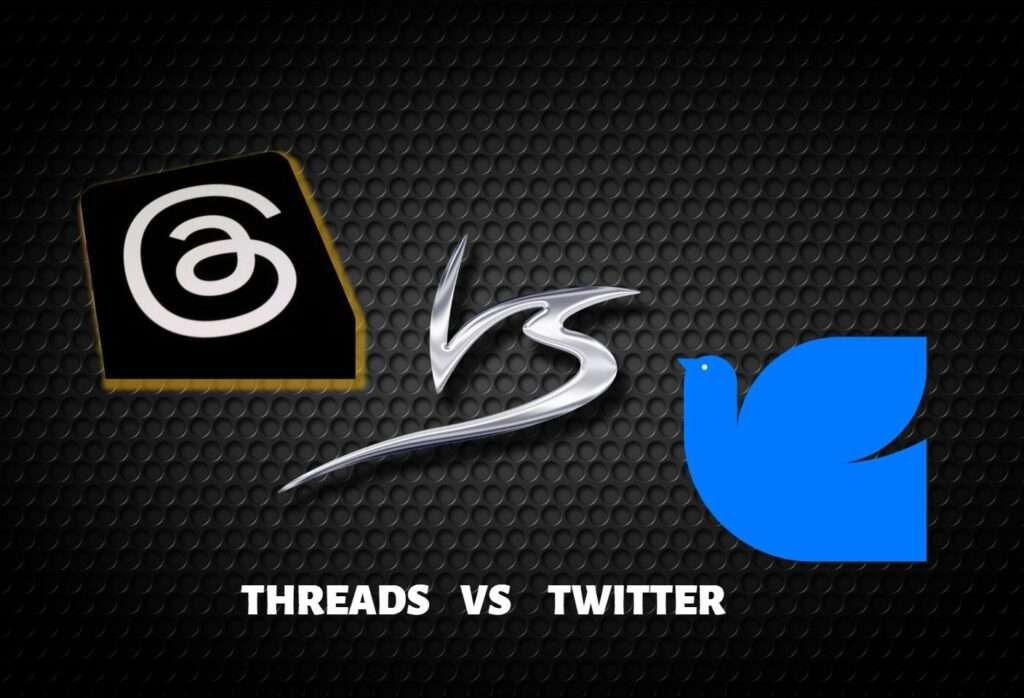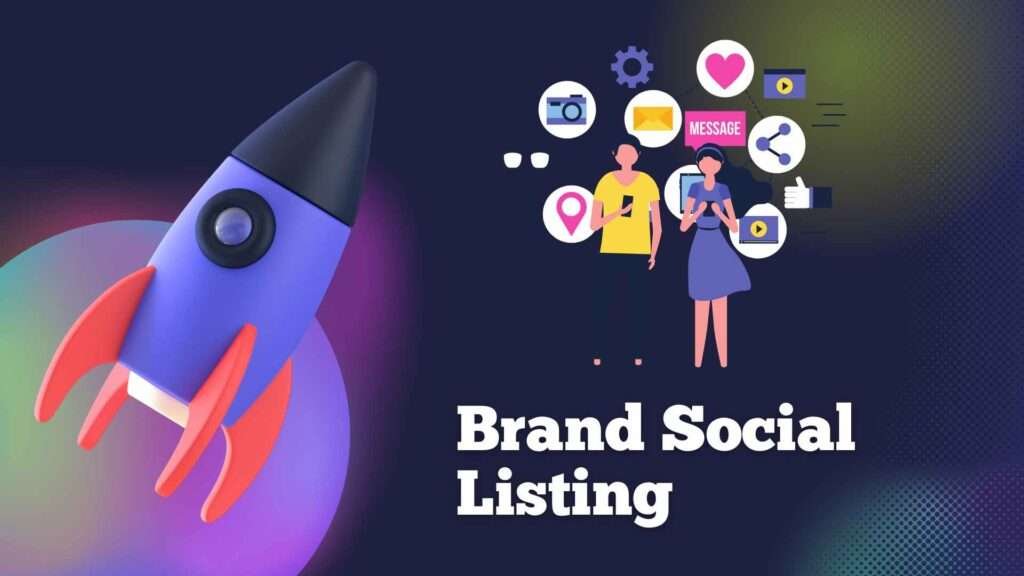Threads vs Twitter: Unveiling the Key Differences
Threads vs Twitter: Introduction: Threads vs Twitter, In the world of social media, two giants stand tall: Threads by Meta (formerly Facebook) and Twitter. Recently, Threads has garnered attention as Meta’s take on Twitter, and it’s making waves. As an avid Twitter fan, at the present time I couldn’t resist diving into Threads and exploring the subtle differences between the two platforms. Threads: Meta’s Micro-Blogging Hub Threads, created by Meta, is a micro-blogging platform from where users share short text updates called “threads.” It works similarly to Twitter, allowing you to engage in conversations, share messages, photos, videos, and links. To access Threads, you’ll need the Threads app, which is connected to your Instagram account. Twitter: The Pioneering Micro-Blogging Platform Twitter, on the other hand, is a well-established micro-blogging platform that has captivated millions since its inception. It’s the go-to platform for sharing concise posts, or tweets, with a maximum limit of 280 characters. Twitter is all about real-time updates, trending topics, and engaging public discussions. Now, let’s explore the aspects where Threads vs Twitter 1. Character Limit: Threads: Threads offers a bit more freedom with a character limit of 500. You have a bit more space to express yourself within a single post, which is a refreshing change. Twitter: Twitter keeps it concise with a character limit of 280. If you need more room, you can create a new tweet or continue the conversation in a thread. 2. Account Creation: Threads: Creating a Threads account requires an existing Instagram account. You’ll need to link your Threads account to your Instagram account during the sign-up process. This limits the user base to those already on Instagram. Twitter: Twitter allows direct account creation without any prerequisites. You can simply sign up and get started. 3. Trending Topics: Threads: Threads currently lacks a dedicated feature for displaying trending topics or hashtags. To stay updated, you’ll have to rely on the content in your feed. Twitter: Twitter excels in this area with its prominent “Trending” section. It keeps you in the loop with popular hashtags and trending topics, helping you stay informed about the latest news and events. 4. Following List: Threads: Unlike Twitter, Threads doesn’t have a dedicated section to display the accounts you follow. Despite, You’ll find this information within the “followers” tab, where you can navigate to the “following” section. There’s also a “pending” section for viewing accounts you’ve requested to follow. Twitter: Twitter makes it easy with separate tabs for displaying the accounts you follow and your followers. 5. User Experience: Threads: Threads offers a clean and visually appealing interface there. Creating a new thread or post is a breeze, and you can add attachments and adjust privacy settings for each thread. As of now, Threads doesn’t display any ads, providing a clutter-free experience. Twitter: Twitter also provides a user-friendly interface sooner or later, hence it incorporates advertisements within the platform. Besides that you’ll come across ads while scrolling through your feed and engaging with content. 6. Security and Privacy: Threads: Threads shares a common feature with Twitter – the ability to hide comments and replies containing specific words. This helps protect against abusive language. However, deleting your Threads account also requires deleting your Instagram account, making it a more committed choice. Twitter: Twitter allows you to deactivate or delete your account independently. Deactivating temporarily disables your account, while deleting permanently removes all associated data. 7. Video Limit: Threads: Now threads outshines Twitter when it comes to video length. You can upload videos up to 5 minutes long, giving you more flexibility to share your content. Twitter: Twitter sets a limit of 2 minutes and 20 seconds for videos, which might be restrictive if you frequently share longer video content. Conclusion: In conclusion, Threads and Twitter offer distinct micro-blogging experiences. Threads, Meta’s response to Twitter, brings some fresh features like a higher character limit and integration with Instagram. However, Twitter maintains its position with features like trending topics, independent account creation, and broader search capabilities. As Threads continues to evolve, amid it may bridge the gap with Twitter and attract a larger user base. Ultimately, it’s up to users to decide which platform aligns better with their communication style and social media needs. For more amazing informative content visit here now.
Threads vs Twitter: Unveiling the Key Differences Read More »




